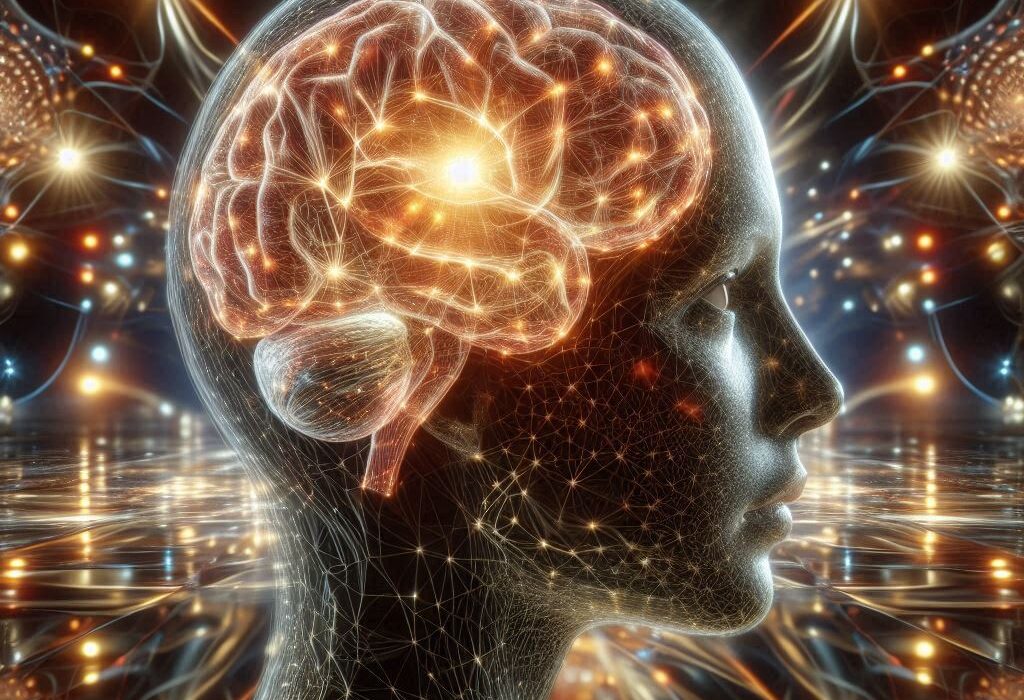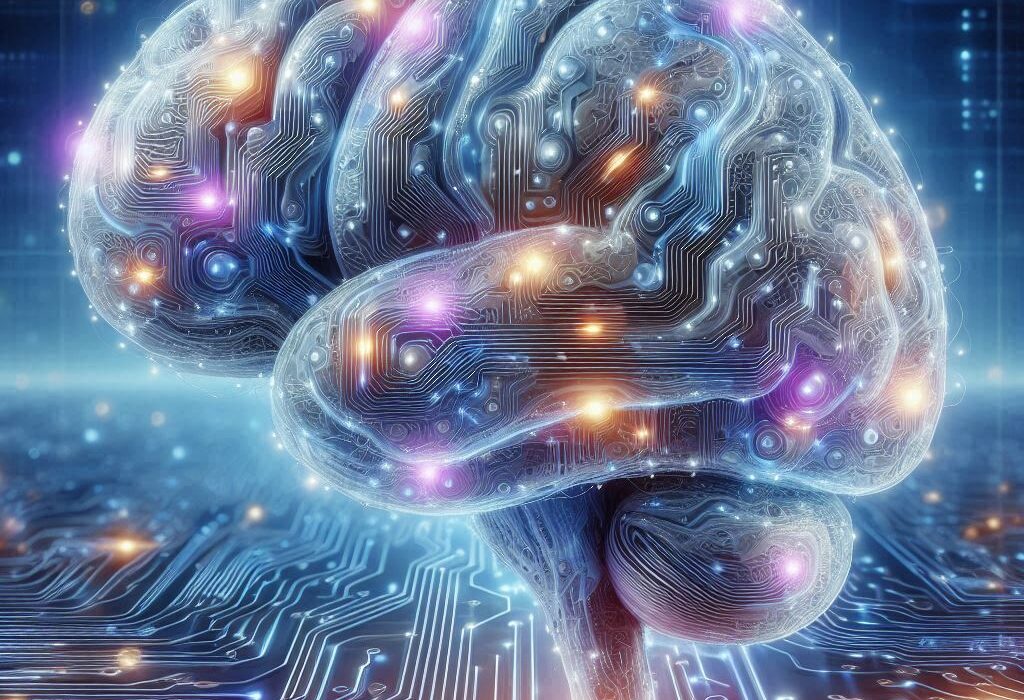It begins like a whisper—a charming smile, a thrilling conversation, a magnetic presence that feels almost too good to be true. And often, it is. Weeks or months later, you find yourself walking on emotional eggshells, exhausted by their unpredictability, unsure of who you are anymore. Logic tells you to leave. Friends beg you to run. But something deeper keeps you tethered.
This is the paradox of toxic people: the more damage they do, the harder it can be to let go.
Why?
The answer lies not in weakness or lack of awareness—but in biology, psychology, and the intricate architecture of the human brain. If you’ve ever found yourself drawn to someone who hurts you, or stuck in a relationship that drains you, you’re not alone—and you’re not broken. There are ancient mechanisms at play, designed for survival, not happiness.
Understanding them might just be the first step toward freedom.
Attraction Isn’t a Choice—It’s Chemistry
When you’re drawn to someone, your brain is lighting up with signals that go far beyond conscious thought. The initial pull of a toxic person—whether romantic, platonic, or professional—is rarely about their darkness. It’s about their intensity.
They often arrive wrapped in charisma, mystery, and charm. They mirror your hopes, inflate your ego, and make you feel seen. They’re masterful at creating emotional highs. In fact, they often trigger dopamine, the brain’s reward chemical, in much the same way addictive drugs do. The unpredictability of their attention keeps you craving more.
This pattern of occasional reward—affection, praise, kindness—followed by withdrawal, criticism, or manipulation, creates a loop that’s hard to escape. Psychologists call this intermittent reinforcement. And it’s incredibly powerful.
In one of the most famous experiments in behavioral psychology, researchers found that rats would press a lever far more compulsively when rewards were given unpredictably than when they were delivered on a fixed schedule. The brain becomes obsessed with trying to predict when the next “hit” of pleasure will come.
Toxic people, knowingly or not, exploit this system. They offer flashes of warmth in a sea of coldness, keeping you hooked on the hope of return.
The Trauma Bond: When Pain Feels Like Love
When the emotional highs are intense, and the lows are painful, your nervous system becomes disoriented. You begin to equate adrenaline with excitement, and anxiety with passion. This is where trauma bonding takes root.
A trauma bond is a psychological response to sustained cycles of abuse, affection, and confusion. It’s more common than many realize, and it’s rooted in a very human need for attachment. The bond forms when you experience harm from someone you believe you need for safety or love. Over time, your brain starts to justify or minimize the abuse to preserve the connection.
Paradoxically, the very behavior that wounds you becomes the glue that binds you. The more inconsistent someone is, the more your body clings, hoping for a return to the good times.
Think of Stockholm Syndrome—not as an extreme anomaly but as a spectrum. Even in everyday relationships, we form emotional ties with those who hurt us, especially if the hurt is mixed with intimacy.
The Brain on Heartbreak: A Real Withdrawal
Neuroscientists have found that heartbreak activates the same brain regions as physical pain. The anterior cingulate cortex—a region involved in processing social exclusion and distress—lights up when we feel rejected or devalued. Your brain doesn’t differentiate between a broken heart and a broken leg.
When a toxic person pulls away or ends a relationship, the emotional crash can feel like withdrawal from a drug. The craving for their attention is not a metaphor—it’s a measurable neurological event. Oxytocin levels plummet. Cortisol surges. The body enters a stress state.
It’s no wonder people return to relationships that hurt them. The relief of reconnection feels like life returning to your bloodstream. The cycle continues. And breaking free requires more than willpower—it requires reprogramming how your brain understands love.
Childhood Imprints: The Original Blueprint
One of the most haunting aspects of our attraction to toxic people is that it often echoes earlier attachments.
Psychologists have long studied attachment theory, which proposes that the way we connect to caregivers in early life shapes how we bond with others in adulthood. If your childhood involved inconsistent love—sometimes present, sometimes punishing—you may unconsciously seek out similar dynamics in adult relationships.
It’s not about nostalgia. It’s about familiarity. The emotional chaos of a toxic relationship may mirror the only kind of “love” your nervous system recognizes.
This doesn’t mean you’re doomed to repeat painful patterns forever. But it does mean that healing requires recognizing the unconscious scripts playing out beneath your awareness. Your adult attraction might be a reenactment of a childhood need that was never fully met.
And toxic people often tap into those wounds with uncanny precision.
The Illusion of Potential: Loving Who They Could Be
Part of what makes toxic people so hard to leave is that we fall in love not just with who they are—but with who we imagine they could become.
They may offer glimpses of vulnerability, confessions of pain, or promises of change. You may feel like the only person who truly understands them. You believe that if you love them enough, heal them enough, or wait long enough, the real version—the kinder, more stable one—will finally emerge.
But this is a psychological trap. It’s rooted in the powerful effect of confirmation bias—the brain’s tendency to seek evidence that supports what it already wants to believe. You notice the good moments, downplay the bad, and stay invested in the fantasy of their transformation.
In truth, many toxic people don’t need rescuing. They need boundaries. And you need the courage to love reality more than the dream.
The Social Brain: Shame and Isolation
Toxic relationships don’t exist in a vacuum. Often, they’re wrapped in layers of secrecy, shame, and self-doubt. You might begin to feel embarrassed about staying. You fear judgment, or worse—no one understanding at all.
Shame is a powerful silencer. It activates the same neural networks as physical disgust. You begin to turn against yourself. You rationalize the mistreatment. You hide it from friends. You isolate.
But here’s what science shows: social connection is the antidote to emotional abuse. Healthy relationships—whether romantic, familial, or platonic—stimulate the ventromedial prefrontal cortex, helping regulate emotional pain and enhancing perspective. When we feel seen, we feel safer. When we feel safe, we think more clearly.
One of the reasons toxic relationships thrive is because they sever you from your community. They erode your support network until the only voice you hear is theirs. Rebuilding those outside connections can be the first lifeline back to yourself.
Narcissists, Sociopaths, and Emotional Predators
It’s worth naming that some toxic individuals fall under specific psychological profiles.
Narcissists often manipulate through charm and gaslighting. They crave admiration, but lack empathy. They may love-bomb you with attention, then withdraw or punish when you assert independence.
Sociopaths—or those with antisocial personality traits—may exhibit coldness, deceit, or calculated cruelty. They often target empathic individuals, not because of shared connection, but because of their ability to manipulate compassion.
Not all toxic people have a diagnosable condition, of course. Some are simply wounded, unaware, or stuck in their own trauma. But the effect on you—your sense of reality, safety, and self-worth—can be devastating.
Understanding the patterns is not about pathologizing everyone who hurts you. It’s about reclaiming clarity. Toxic dynamics are defined not by labels, but by consistent harm, manipulation, and imbalance of power.
Healing the Hook: Breaking Free from the Cycle
Science confirms that you can rewire your brain. The plasticity of your neural networks means that even the deepest emotional patterns can be reshaped over time. But healing doesn’t come from time alone. It comes from action, awareness, and compassion.
First, it means recognizing that your attachment was real—even if the relationship was unhealthy. You weren’t foolish. You were human. Your brain did what it was wired to do: seek connection, seek safety, seek meaning.
Second, it requires grieving—not just the person, but the future you imagined, the self you lost, the years you can’t get back.
Therapy can help decode the unconscious wounds that led you into toxic patterns. Journaling, somatic work, mindfulness, and connection with others can reestablish internal safety.
But most of all, healing means practicing radical self-trust. Rebuilding the belief that your instincts matter, your boundaries are valid, and your worth isn’t dependent on being chosen by someone else.
Why This Matters: Beyond Romance
Toxicity isn’t limited to romantic entanglements. It can show up in friendships that drain you, workplaces that devalue you, families that guilt you into silence.
Wherever it hides, the damage is the same. Chronic exposure to toxic dynamics leads to anxiety, depression, lowered immune function, and even changes in brain structure over time. The amygdala grows more reactive. The hippocampus shrinks. The nervous system learns to live in hypervigilance.
But awareness is power. Naming the patterns, understanding the science, and honoring your body’s signals can break the cycle. You deserve relationships where safety is not earned through suffering, and love is not a battlefield.
You Were Never Meant to Survive on Scraps
Perhaps the most radical truth is this: you don’t need someone to change for you to heal.
You don’t need to wait for an apology, an explanation, or closure. Your brain might crave it, your heart might ache for it, but your worth is not contingent on someone else’s recognition.
You are allowed to leave simply because it hurts. Because you’re tired. Because you miss who you were before they walked in.
You are allowed to choose peace over passion, self-respect over chemistry, and solitude over chaos.
Because once you understand why you can’t resist toxic people, you can begin to unlearn the story that suffering is proof of love.
And in that quiet space where pain once lived, you might find something unexpected.
Yourself.






